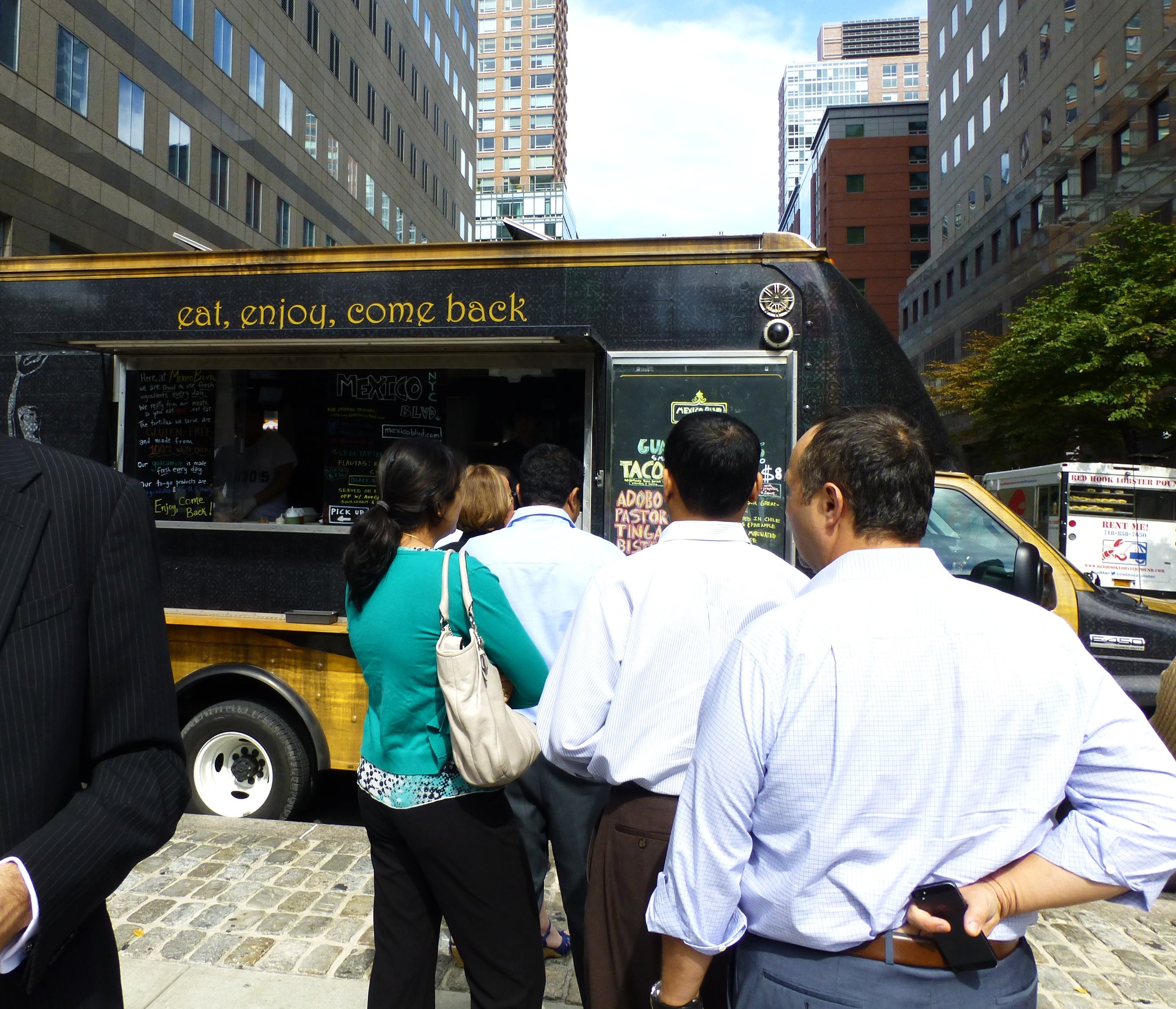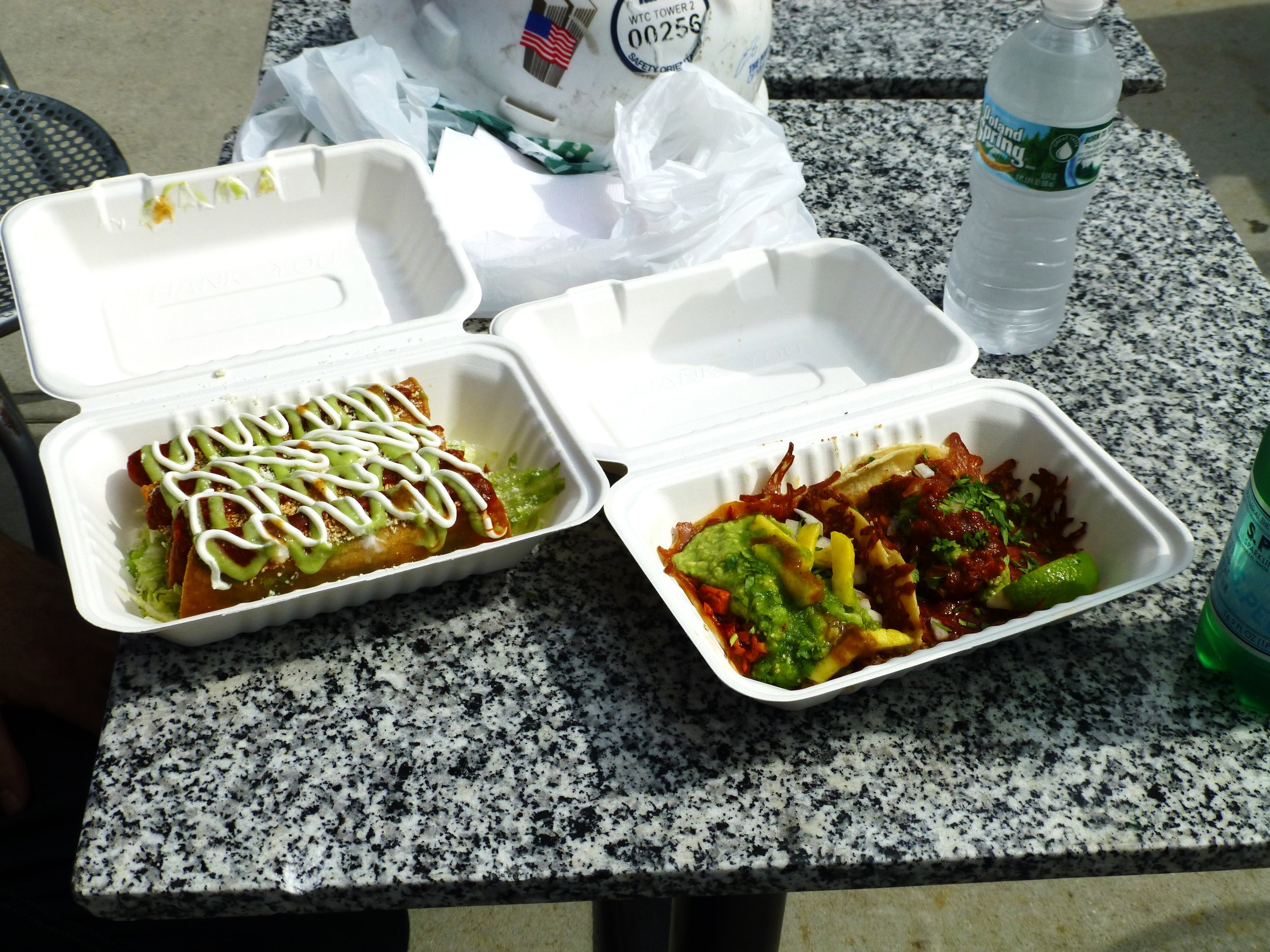In 1991, not long after I arrived in this country, I saw a TV interview with María Félix, who had starred in dozens of films in the 1940s and 1950s, the so-called “golden age” of Mexican cinema. An imperious figure with abundant hairspray and makeup that appeared to have been applied with a trowel, she was quite comical. Making fun of the Mexican custom of referring to political parties by their initials, she talked about the “FUF” and the “PUP” – the Frente Único de Feos and the Partido Único de Pendejos. If you don’t speak Spanish, ask your friends who do. I am afraid something will get lost in the translation.
The interview – with Verónica Castro on a program called La Movida – caused a lot of polemic because she attacked Mexico City, saying that it had become a filthy sewer. But she was really attacking the government and its politicians. Why couldn’t they keep the city clean?, she asked. Why couldn’t it be more like Paris? (She kept a home in the French capital for decades, and had houses in Mexico City and Cuernavaca.) Click here to see the whole show. (Forewarned is forearmed. It lasts four hours.)
Known with affection and respect as La doña, Félix was not a great actress – she herself said that “my job has been to be attractive” – but she was no doubt a great movie star, with a huge presence and a breathtakingly beautiful face. She died in 2002 on her 88th birthday, and this year – for her 100th anniversary – they have put up a sort of shrine to her (pictured above) in the Polanco metro station. She is probably turning in her grave to be consecrated in the subway, although maybe she can take some comfort that the station is in one of the city’s tonier neighborhoods.
In her 1996 memoir, Todas mis guerras (All My Wars), she wrote: In my life I have been accused of kidnapping my own son, killing my secretary, the robbery of a necklace that was given to me as a wedding present. Also of having married a man just for money, for being another’s lover just to garner publicity, of being a lesbian and a drug addict. I don’t pretend to be an angel, because for that you need a halo, but neither am I the devil in the form of a woman.
 On Tuesday, the third annual Mesamérica festival begins at the Blackberry Auditorium in the Colonia Condesa. It's a three-day international foodie event, where speakers from Mexico and around the world will talk about such diverse topics as cannibalism, cocktails and -- this one intrigues me -- "meat as a verb". The theme this year is "street food, urban expressions, what we eat in big cities and why."
On Tuesday, the third annual Mesamérica festival begins at the Blackberry Auditorium in the Colonia Condesa. It's a three-day international foodie event, where speakers from Mexico and around the world will talk about such diverse topics as cannibalism, cocktails and -- this one intrigues me -- "meat as a verb". The theme this year is "street food, urban expressions, what we eat in big cities and why."









